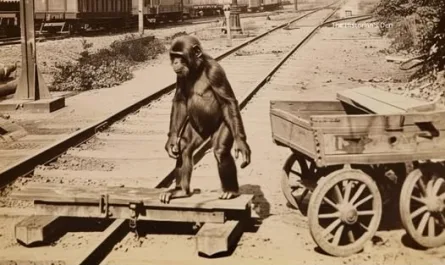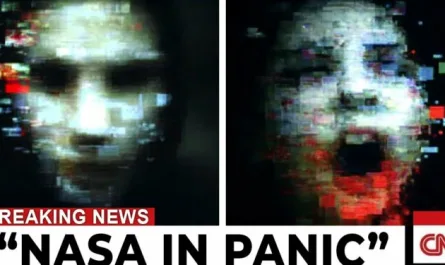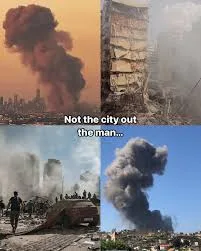
The 2020 Beirut port explosion and the 9/11 World Trade Center collapses have been weaponized by conspiracy theorists to promote false narratives about controlled demolitions and government cover-ups. Despite overwhelming scientific evidence attributing both events to distinct causes—amateur terrorism for 9/11 and negligence with ammonium nitrate for Beirut—these theories persist, fueled by online misinformation. This article examines the facts, the myths, and why such claims endure, emphasizing the importance of evidence-based discourse in an era of digital echo chambers.
The Beirut Explosion: A Tragedy of Negligence
On August 4, 2020, 2,750 tons of ammonium nitrate, stored unsafely since 2013, detonated at Beirut’s port, killing 218 people, injuring 7,000, and causing $15 billion in damage. The blast, equivalent to 1.1 kilotons of TNT, was investigated by the UN and Lebanese authorities, confirming it was accidental due to mismanagement and corruption, not an attack. Conspiracy theories, however, proliferated: Israeli missiles, Hezbollah weapons, or a “false flag” to destabilize Lebanon. President Trump initially called it an “attack,” but evidence showed no military involvement.
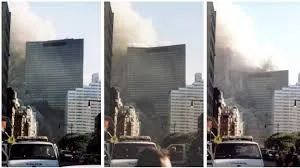
The 9/11 Collapses: Engineering Under Fire
On September 11, 2001, al-Qaeda hijackers crashed planes into the Twin Towers, causing fires that weakened steel supports, leading to progressive collapse. The National Institute of Standards and Technology (NIST) report (2008) concluded the impacts severed columns, and jet fuel-fueled fires (up to 1,000°C) caused floors to sag, pulling walls inward. No explosives were needed; the unique design of the towers contributed to the rapid fall.
Conspiracy Theories: Beirut as “Proof” for 9/11
Post-Beirut, theorists claimed the blast’s mushroom cloud and structural damage mirrored 9/11, “proving” controlled demolition with thermite or nano-thermite. They argued the Beirut ammonium nitrate explosion showed how chemicals could mimic plane impacts, dismissing NIST’s findings. Videos comparing the two went viral, ignoring differences: Beirut was a single, ground-level blast; 9/11 involved multi-story fires and structural failure over hours.
These claims recycle debunked 9/11 theories from Architects & Engineers for 9/11 Truth, ignoring peer-reviewed studies. Beirut’s investigation, by Human Rights Watch, found no explosives, just negligence.
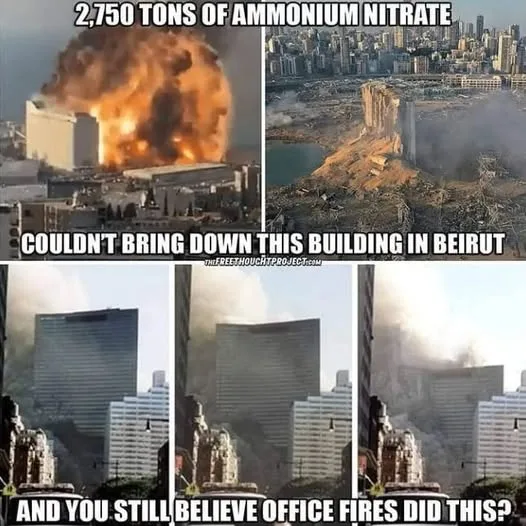
Why These Theories Persist
Psychological Factors: Traumas like 9/11 breed distrust; Beirut’s government failure fuels suspicion.
Online Amplification: Algorithms boost sensational content, as seen with QAnon.
Selective Evidence: Ignoring facts like WTC’s molten metal from fires, not thermite.
Debunking with Science
Blast Dynamics: Beirut’s shockwave was chemical; 9/11’s was structural failure.
Expert Consensus: 99% of structural engineers affirm NIST; Beirut’s was accidental.
No Evidence: No explosive residues at WTC; Beirut had ammonium nitrate traces.
Lessons for Today
This linking of tragedies shows misinformation’s danger. Like the De Loys ape hoax, it misuses evidence. Lessons include critical thinking and fact-checking.
A Call for Truth
The Beirut explosion and 9/11 were tragedies of negligence and terror, not hoaxes. Like the Moors’ legacy, they demand honest inquiry. Let’s honor the lost with facts, not fiction.



